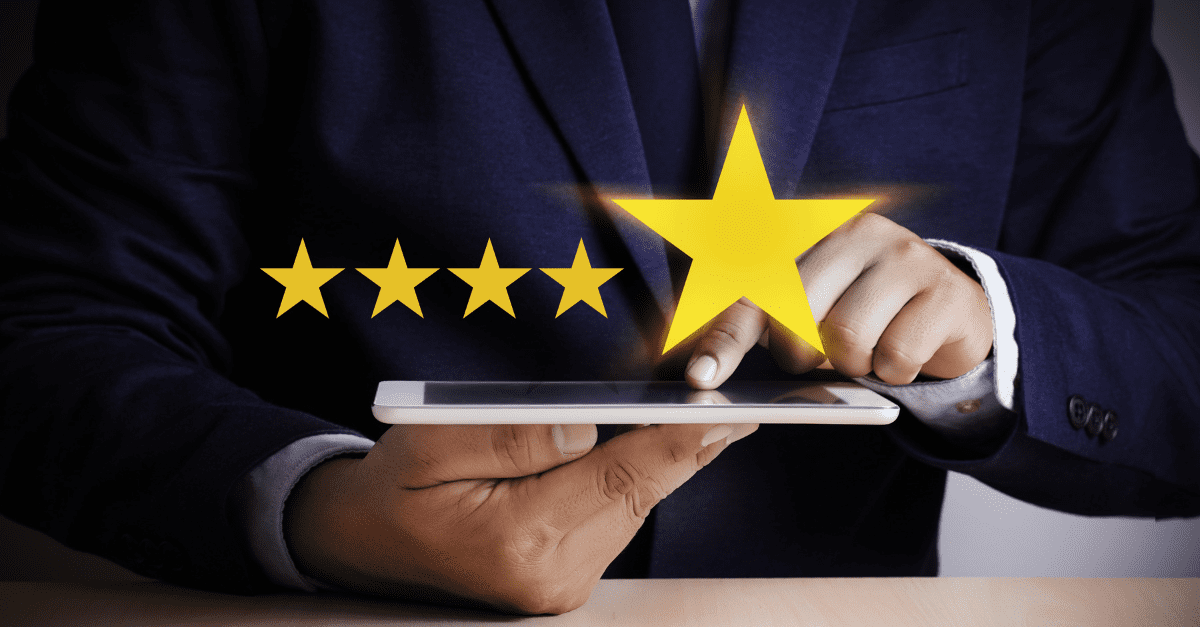You can price competitively, offer every mode under the sun, and still miss the mark. Why? Because modern shippers aren’t just shopping for freight services—they’re shopping for visibility, flexibility, and proof.
Logistics in 2025 is so far beyond moving cargo. It’s about integrating with a client’s systems, helping them prepare for what’s next, and delivering a customer experience that feels more like softcore than spreadsheets. Whether they’re Fortune 500 supply chain leads or independent importers, shippers have one thing in common: their expectations have evolved. Fast.
Here’s what they’re looking for—and where the smart logistics providers are focusing their energy.
1. Visibility That’s Actually Useful
We’ve moved past the “track & trace” era. Shippers want real-time insight with context—not a vague milestone or a map that hasn’t updated in 12 hours.
What they’re asking:
- “How can I track international shipments end-to-end?”
- “Where’s my container right now?”
- “Can I see ETAs change as port conditions evolve?”
They want platforms that not only show movement, but flag exceptions, update proactively, and tell them what’s next. Visibility isn’t a bonus anymore—it’s baseline.
2. Built-In Supply Chain Resilience
Disruption is no longer an anomaly—it’s a pattern. Between port congestion, weather events, strikes, and geopolitical volatility, shippers expect forwarders to show up with backup plans baked in.
Top of mind:
- “How do we diversify our lanes?”
- “What’s the plan if this port shuts down again?”
- “Do you offer alternate routings, or just roll the booking and shrug?”
Today’s freight partner is also a risk strategist. The ability to pivot matters as much as the original routing.
3. Compliance as a Service
Sanctions, HS codes, ESG tracking, carbon data, export restrictions—compliance isn’t a check-the-box exercise anymore. It’s a minefield.
What shippers need:
- Trade advisory without needing a full-time lawyer
- One-click compliance checks (especially for regulated goods)
- A partner who keeps up with changing rules before Customs does
For many, especially those moving chemicals, electronics, or dual-use goods, compliance support is make-or-break. The penalties are too steep to leave it to chance.
4. Technology That Talks to Their Tech
Shippers don’t want one more login—they want integration. That means platforms that connect to their ERP, their TMS, their procurement software.
What they’re searching:
- “Freight forwarder with API integration”
- “EDI vs API for logistics partners”
- “Automated booking and document generation”
And here’s the kicker: they expect automated workflows, not just email alerts. Bookings should be frictionless. Documentation should sync. Providers still running on PDFs and portals are being passed over.
5. Sustainability Without Sacrificing Speed
For a long time, “green” shipping meant longer transit times and higher costs. Not anymore.
In 2025, shippers are asking:
- “Can I ship this fast and low-emission?”
- “What’s the carbon footprint of this route vs. the other?”
- “How can we consolidate without delaying delivery?”
Sustainability is now a logistics performance metric, not just a CSR goal. Fuel-efficient options, optimized routing, and carbon data are part of the conversation—especially for publicly traded or EU-facing companies.
6. Customer Experience That Actually Feels Human
Yes, it’s B2B. But the experience still matters. A lot. Shippers want:
- Dedicated points of contact
- Communication through their preferred channels (Slack, WhatsApp, not just email)
- Platforms tailored to their KPIs
They’re done with ticket systems. Done with playing phone tag. The bar is higher now, and service has to match the speed of the freight.
What’s Emerging in 2025?
There are a few growing priorities showing up in searches and conversations that aren’t yet standard—but they will be soon:
- AI-powered analytics that predict exceptions before they happen
- Freight support for eComm platforms like Shopify and Amazon
- Digital customs clearance tools
- Support for reshoring supply chains
- Tariff engineering and classification assistance
These aren’t niche anymore. They’re signs of a market that’s maturing digitally—and expecting logistics providers to do the same.
Where They’re Asking These Questions
- Google: High-volume keywords like “real-time freight tracking” or “best freight forwarder with API”
- LinkedIn: Thought leadership wins—especially on disruption planning and compliance
- YouTube: Rising demand for explainers (HS codes, lithium battery shipping, carbon tracking)
- Reddit/Quora: SMBs want honest reviews and human answers—especially for specialized or startup-friendly providers
So What Do Shippers Actually Want?
In short:
They want a logistics partner who acts like part of the team.
They want data they can trust, systems that work, and people who respond.
They want compliance handled, problems predicted, and results proven.
They want freight to stop being a black box—and start being a business advantage.
P:G’s Optimum Logistics Provider of 2025
Predictive, not reactive
Consultative, not just transactional
Tech-integrated, not tech-limited
Strategic, not siloed
Human, not generic
If you’re building a logistics business right now, here’s your playbook:
Old-school relationship building + next-gen tech = future-proof freight partner.
That’s what wins.
Want to know more? Reach out to us today.




